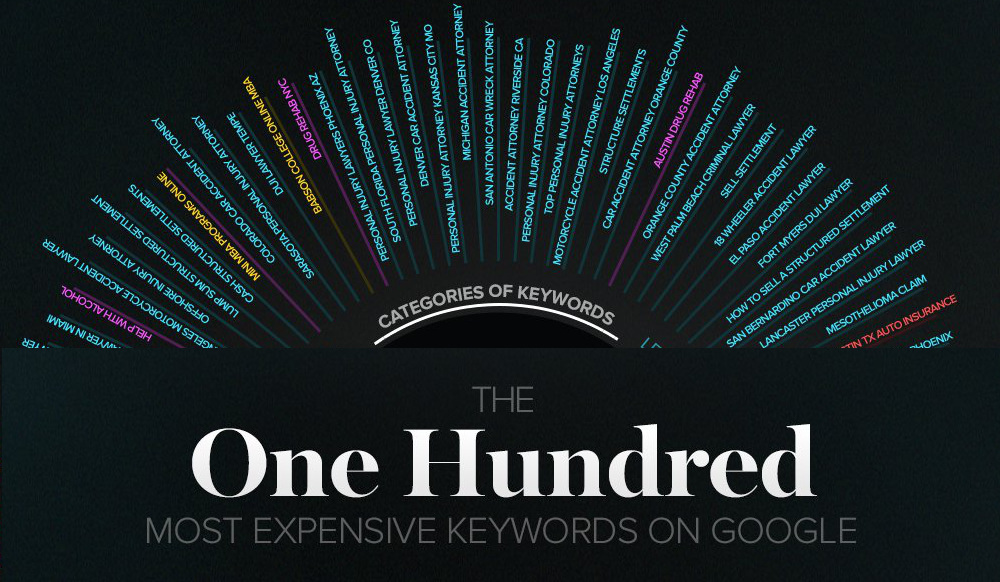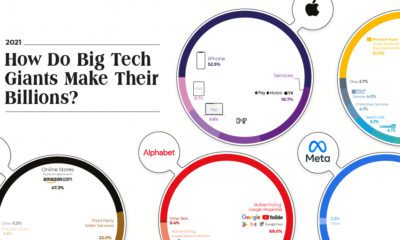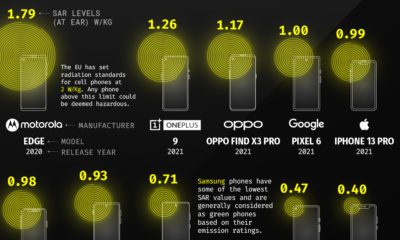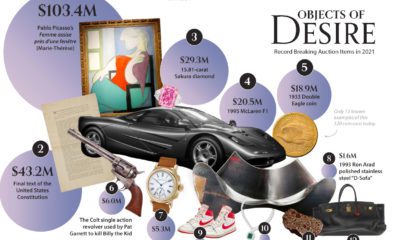The 100 Most Expensive Keywords on Google
What do lawyers do with all of those legal fees that they generate? Apparently, they throw it at cost-per-click advertising on Google AdWords. According to today’s infographic on the 100 most expensive keywords on Google by WebpageFX, search phrases related to legal services make up the vast majority of the rankings with 78 of 100 search phrases.
Why Lawyers?
The average cost across all industries for CPC advertising was $1.58 per click in 2015. However, Google has has billions of available keywords, and the cost for specific keywords can range dramatically based on a number of factors. Some phrases are worth pennies, while others can cost hundreds of dollars. It all depends on the relevance and the potential revenue that can be generated off of a particular search phrase. Many law firms are willing to pay in the higher end of that spectrum, particularly for business related to personal injury claims and car accidents. Phrases such as “top personal injury attorneys” or “Personal injury attorney Colorado” dominate the rankings, making them among the costliest search terms worldwide. The most expensive keyword of all is “San Antonio car wreck attorney”, which has an astronomical rate of $670.44 per click. Keywords such as these are heavily location-based, while having strong regional competition. This drives up ad rates significantly. That said, lawyers are still open to shelling out good money for these kinds of leads, as customers would be highly motivated while providing substantial revenue to their firms.
Location, Location
Of the 22 keywords that were not related directly to legal services, it was location-specific terms related to insurance and water damage that were among the most expensive. Terms such as “Austin TX auto insurance” or “Flood restoration Chicago” commanded large bids, with $388.58 and $346.49 costs for each click respectively. Ultimately, it turns out that 58 of 100 of the most expensive keywords on the list are related to location, with competition in California, Texas, Florida, and Colorado being the toughest.
on Even while political regimes across these countries have changed over time, they’ve largely followed a few different types of governance. Today, every country can ultimately be classified into just nine broad forms of government systems. This map by Truman Du uses information from Wikipedia to map the government systems that rule the world today.
Countries By Type of Government
It’s important to note that this map charts government systems according to each country’s legal framework. Many countries have constitutions stating their de jure or legally recognized system of government, but their de facto or realized form of governance may be quite different. Here is a list of the stated government system of UN member states and observers as of January 2023: Let’s take a closer look at some of these systems.
Monarchies
Brought back into the spotlight after the death of Queen Elizabeth II of England in September 2022, this form of government has a single ruler. They carry titles from king and queen to sultan or emperor, and their government systems can be further divided into three modern types: constitutional, semi-constitutional, and absolute. A constitutional monarchy sees the monarch act as head of state within the parameters of a constitution, giving them little to no real power. For example, King Charles III is the head of 15 Commonwealth nations including Canada and Australia. However, each has their own head of government. On the other hand, a semi-constitutional monarchy lets the monarch or ruling royal family retain substantial political powers, as is the case in Jordan and Morocco. However, their monarchs still rule the country according to a democratic constitution and in concert with other institutions. Finally, an absolute monarchy is most like the monarchies of old, where the ruler has full power over governance, with modern examples including Saudi Arabia and Vatican City.
Republics
Unlike monarchies, the people hold the power in a republic government system, directly electing representatives to form government. Again, there are multiple types of modern republic governments: presidential, semi-presidential, and parliamentary. The presidential republic could be considered a direct progression from monarchies. This system has a strong and independent chief executive with extensive powers when it comes to domestic affairs and foreign policy. An example of this is the United States, where the President is both the head of state and the head of government. In a semi-presidential republic, the president is the head of state and has some executive powers that are independent of the legislature. However, the prime minister (or chancellor or equivalent title) is the head of government, responsible to the legislature along with the cabinet. Russia is a classic example of this type of government. The last type of republic system is parliamentary. In this system, the president is a figurehead, while the head of government holds real power and is validated by and accountable to the parliament. This type of system can be seen in Germany, Italy, and India and is akin to constitutional monarchies. It’s also important to point out that some parliamentary republic systems operate slightly differently. For example in South Africa, the president is both the head of state and government, but is elected directly by the legislature. This leaves them (and their ministries) potentially subject to parliamentary confidence.
One-Party State
Many of the systems above involve multiple political parties vying to rule and govern their respective countries. In a one-party state, also called a single-party state or single-party system, only one political party has the right to form government. All other political parties are either outlawed or only allowed limited participation in elections. In this system, a country’s head of state and head of government can be executive or ceremonial but political power is constitutionally linked to a single political movement. China is the most well-known example of this government system, with the General Secretary of the Communist Party of China ruling as the de facto leader since 1989.
Provisional
The final form of government is a provisional government formed as an interim or transitional government. In this system, an emergency governmental body is created to manage political transitions after the collapse of a government, or when a new state is formed. Often these evolve into fully constitutionalized systems, but sometimes they hold power for longer than expected. Some examples of countries that are considered provisional include Libya, Burkina Faso, and Chad.

















